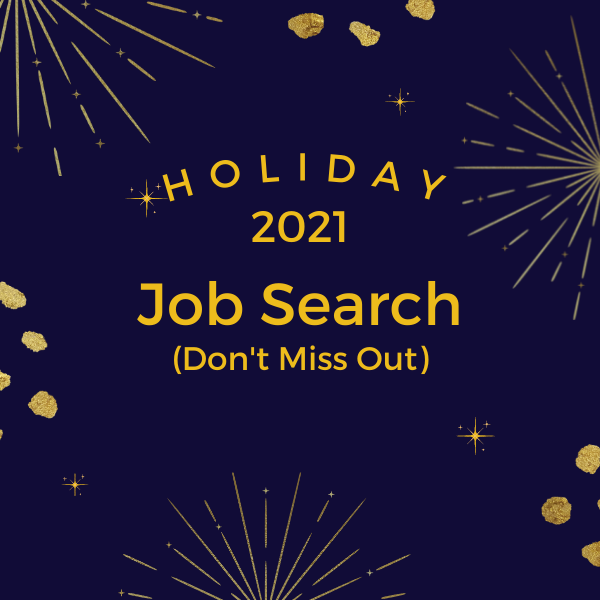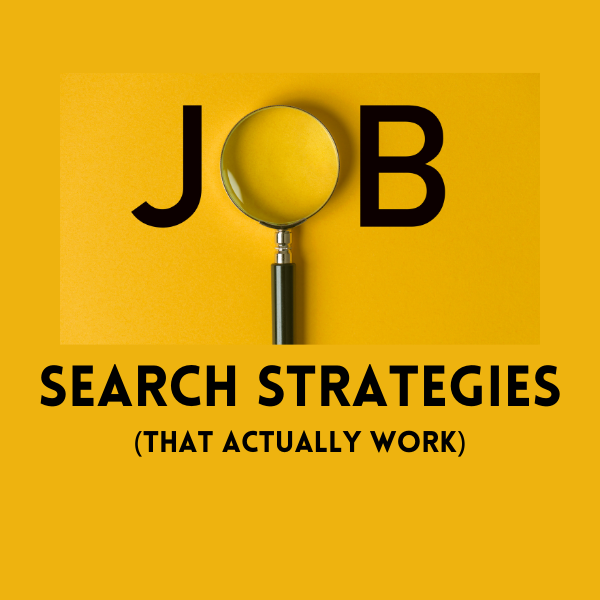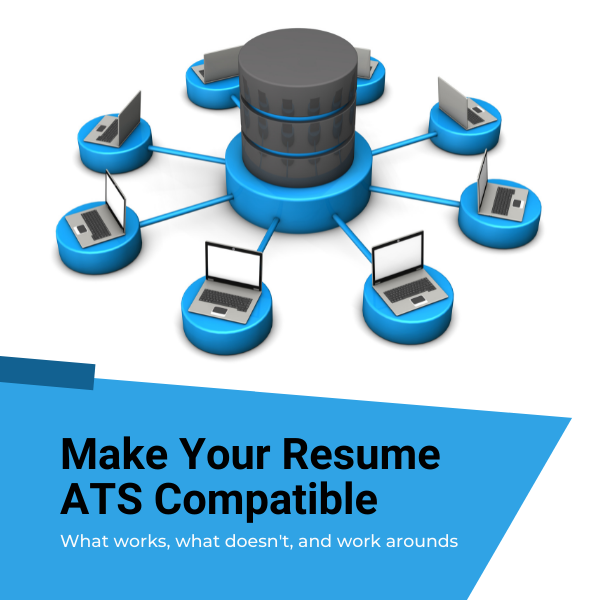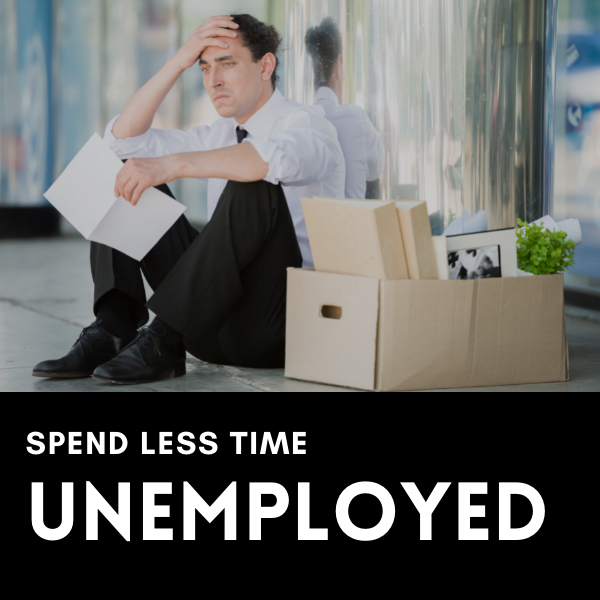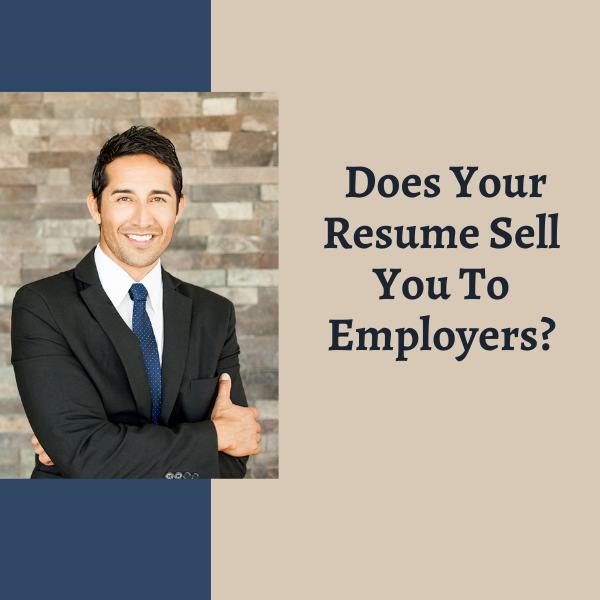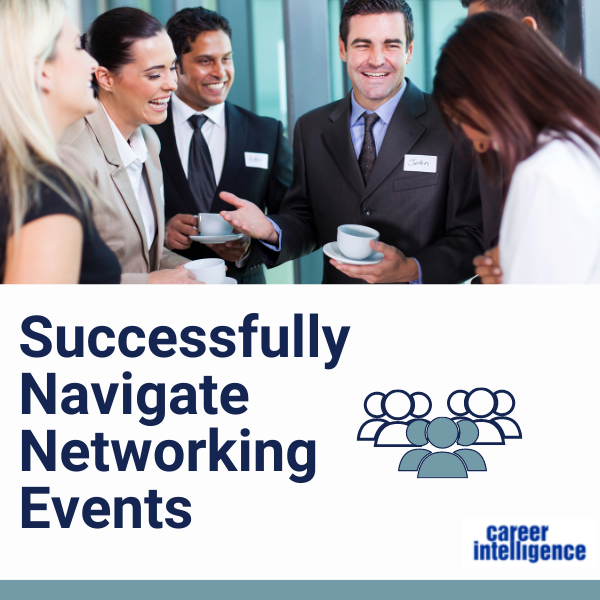The Biggest Holiday Job Search Myth
Despite our seemingly 24/7 business culture, most job seekers think you can’t find a job during the holiday season. Even looking for work from Thanksgiving to January 1st is widely considered a waste of time.
This is a big holiday myth.
HUGE.
I say that from personal experience.
In 2006, when I was still working in corporate, my phone rang just as I arrived home from our company’s holiday party. Although I had applied for a few positions, I was shocked to find that someone from HR at one of them was calling to conduct a screening interview.
The conversation went well and a few days later someone else called to set up a face-to-face interview with the hiring manager. The interview was scheduled during the week between Christmas and New Year’s.
With Passive Jobseekers Actively Looking For New Opportunities, You Need A Plan
The Great Resignation and an improving economy, which has turned passive lookers into active jobseekers, have increased competition for open positions. That means, if you want to find a new job, you may have to work harder than you have in a decade.
Sitting at your computer responding to ads won’t cut it. You need a multipronged job search plan.
These 7 job search strategies work if you work them.
#1 Make a list of target employers, companies where you would most like to work. See who you may be able to connect with at those businesses by sharing your list with friends, family, and former colleagues.
#2 Check the career sections of your target employers for open positions. According to Glassdoor for Employers, ads on job boards get an average of 250 applications, cited in Inc. So it’s likely you’ll have less competition when applying directly through the company’s website.
How To Write Your Resume So It Won’t Get Lost In ATS Systems
All career professionals, particularly resume writers like me, say that you need to focus on your achievements. The best way to stand out from your competition is to demonstrate your value to employers. That’s true.
But even the most compelling resume won’t get you far if it’s not compatible with ATS (applicant tracking software system). Because important content, like your name and email address, may not be seen by recruiters and employers.
ATS Don’ts
While ATS systems are getting smarter all the time, and some are better at reading documents than others, your resume should be formatted to be read by most of them. Here are a few things to avoid.
Headers and Footers
Many ATS systems don’t read heads and footers, yet I still see resumes with the person’s name and contact information in the header. Headers are a suitable place to put your name and the page number. Footers on the second page are an excellent place to put your name and contact information if the printed pages are somehow separated.
How To Spend Less Time Unemployed After Unexpected Job Loss
You never know when you’ll find yourself unexpectedly out of work. It’s happened to me more than once.
I had a variety of full-time jobs while earning my BA. I’ll never forget the day I lost the job that paid all my bills, including rent. Since I was the company’s bookkeeper, I knew the business was struggling.,
But when they gathered the staff and told us they were closing the next day, I was stunned. Each of us would receive a few days of pay.
I quickly landed a restaurant gig, but other employees, some married with kids, weren’t so lucky.
The average severance is 1 or 2 weeks for each year worked. If you’ve been there for 5 years that’s 5 to 10 weeks.
In September, however, 34.5% of the unemployed had been out of work for 27 weeks or more, according to the Bureau of Labor Statistics Employment Situation.
While you can’t predict the future, you can take steps to shorten your job search if you do find yourself suddenly unemployed.
Six Tips To Help Increase Your Engagement On LinkedIn, Find A Job, And Advance Your Career
LinkedIn is your face to the business world. It’s often the place recruiters looking for candidates will meet you. It’s the place recruiters and employers who are impressed with your resume will go to learn more about you. While LinkedIn is considered a business platform, it’s important to remember that it’s also a social network. Like many things, you’ll get as much out of LinkedIn as you put into it.
The Biggest Executive Resume Mistake You Don’t Realize You’re Making
There are hundreds, if not thousands, of articles on executive resume do’s and don’ts.
Make sure there are no misspelled words or typos, Take out the Objective Statement. Put in a Summary Statement. Don’t forget to include complete contact information.
I’ve probably written over a dozen myself.
However, there is one executive resume mistake that many job seekers make without realizing. It’s an error that can raise questions with a potential employer. I don’t see many posts about this, although it’s one of the easiest errors to avoid.
The mistake is inconsistency.
Consistency Matters
Your first introduction to 99% of recruiters and potential employers is either your resume or LinkedIn profile. If a recruiter sourcing you LinkedIn likes what he or she sees they will contact you and ask for your resume. If you send in a resume, an interested recruiter or potential employer will check out your LinkedIn profile.
Executive Resume Not Getting Results? This Is Probably Why
You may get away with updating the resume you’ve had since college or hastily putting together a resume on your own early in your career. However, once you reach the executive level or are targeting senior executive roles, you need a results-driven executive resume that tells a powerful career story.
The Career Ladder Myth
Most people think of climbing a career ladder. But the career ladder is a myth. It’s a career pyramid. Competition isn’t as tough for early careerists or even mid-level managers because there are a lot of jobs at those levels. As you move into Director, VP, SVP, and the C-Suite roles, however, there are not as many jobs.
How To Write An Executive Resume That Gets Results
Over the years I’ve looked at a lot of resumes. Some are dreadful. Those that are not as bad need work to get a recruiter’s attention. Particularly, once you reach the executive level.
Common Resume Mistakes
While the resumes are lacking in different ways, they all have some combination of the same problems.
Weak Content
Boring task-focused bullets (managed teams, developed new markets, etc.) or tons of metrics (reached 110% of quota, generated $8M revenue) with no story.
How To Successfully Navigate Networking Events (When You Dread Them)
People like to hire, work with, work for, etc. people they know and like. The best way to have a wide circle of people who can recommend or refer you for whatever is to have a wide circle of people who know, like, and understand the value you bring.
Networking on business and social platforms like LinkedIn and, more recently, Clubhouse is a wonderful way to expand your circle. But as in-person networking resumes, it’s time to start preparing for that as well.
For many, in-person networking events means stepping out of our comfort zone. Stepping into a room full of strangers can be a little scary. If we’re fine with that, we may not be quite sure what to do when we get there.
While reading this may not make you eager to sign up for an association dinner, mastering the following techniques can help you become more comfortable and, as a result, become a better connector.
Cover Letters and Thank You Notes: Why You Need To Send Them
Do you send cover letters?
How about thank you notes?
If you’re serious about your job search, you should.
I’ve read quite a few posts about cover letters and thank you notes. I’ve written several myself.
If you’re serious about your job search you need to take every opportunity to sell yourself to recruiters and employers.
Yes, an achievement-based resume and compelling LinkedIn profile that demonstrate your value are essential.
But don’t discount the value of cover letters and thank you notes.

